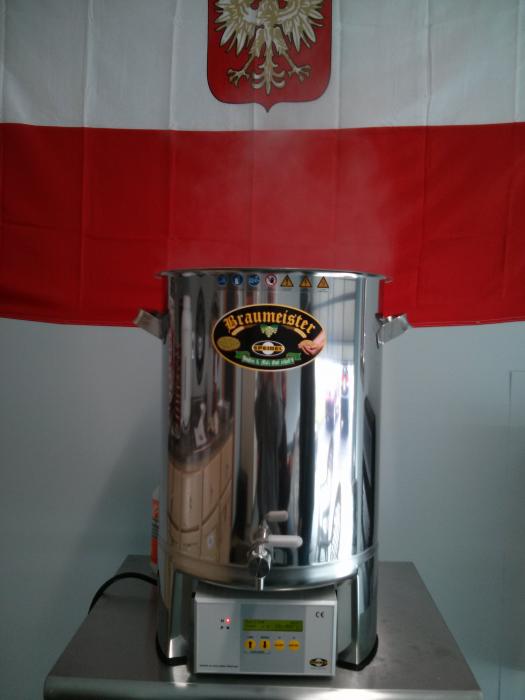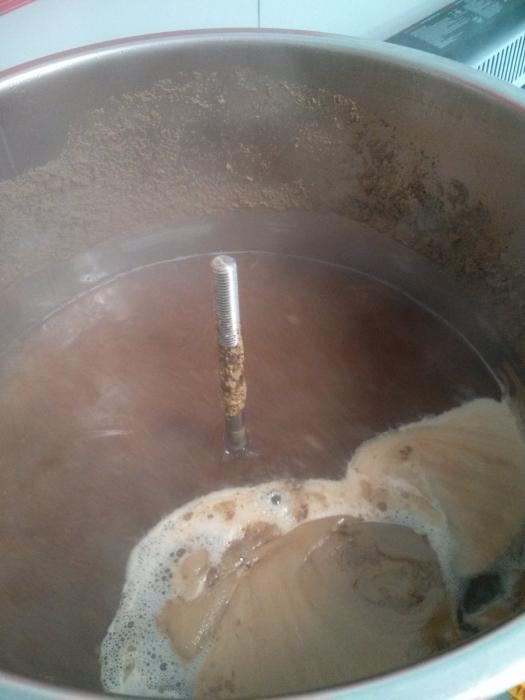Proud new member of the club, my BM20 just arrived yesterday!!!
Just now working on my plug and this post in particular was really helpful. I've got the same leviton 14-30P plug and although I'm certainly no electrician, isn't the green/yellow wire on the wrong prong? Redstag says he hooked it up to the "negative," which I assume he meant "neutral." Shouldn't it be on Ground?
From what I've read, again, I'm no electrician so correct me if I'm wrong:
In the old three-prong dryer plugs there were two hots and a neutral/ground (neutral/ground was the L-shaped prong). However, in the newer four prong plugs, which are now code, the neutral and ground were divided into two separate prongs: The round prong with the green screw is ground (to the right in his picture), and the L-shaped prong is neutral (to the left in his picture). The neutral prong isn't required since the BM doesn't need 120V. The BM's yellow/green wire is ground, not neutral, so it goes to the round prong with the green screw (ground). The BM's hot and neutral wires (brown and blue) then go to the plug's two hot prongs. Since the plug and receptacle's neutral isn't required, I'm not even going to insert the L-shaped prong into the case (the Leviton plug's prongs are are removable).
Does this sound about right? Hurry if I'm wrong, I'm wiring mine up this afternoon.
Cheers,
Todd





